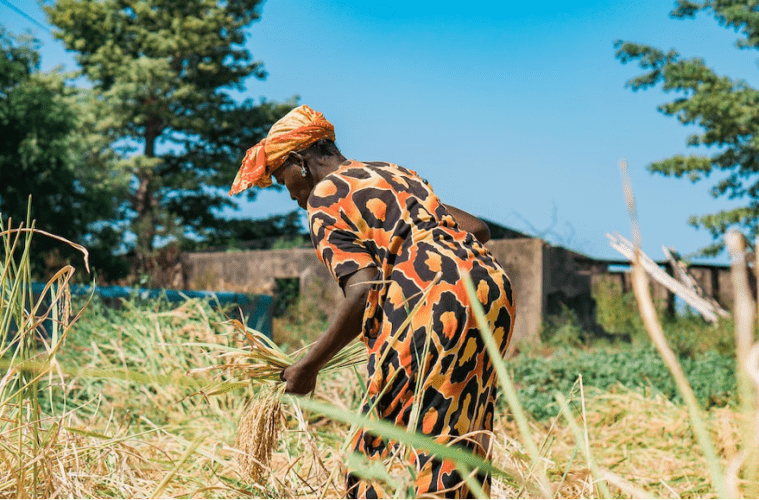In the northwestern region of Senegal, horticulturists are facing an increase in the price of inputs: a 60% increase for urea and a 300% increase for NPK, a fertilizer composed of nitrogen, phosphorus, and potassium. The country imports 15 to 20% of the mineral fertilizers used and 60% of its organic fertilizers.
To maintain agricultural productivity without compromising environmental objectives, the government is supporting green fertilization solutions. This initiative is part of the Green Senegal Emerging Plan (PSE).
Organic fertilizers are subsidized by 50%, but they represent only 10% of the volumes used by farmers. The government aims to double the use of these organic fertilizers, which poses a challenge considering concerns related to food sovereignty and maintaining the country’s export capacity.
On the ground, the implementation of the Green PSE faces some limitations. According to the latest survey conducted by the International Cooperation Center for Agronomic Research for Development (CIRAD), half of the farmers were unaware of the subsidy programs, and only 15% had benefited from them, mostly farmers involved in NGO programs. Furthermore, producers note that organic fertilization requires a larger quantity of fertilizer and that its availability is more uncertain.
In Senegal, mineral inputs, monoculture, salinization, and climate change have depleted arable land. Despite this, the government cannot envision a widespread agroecological transition. It intends to leverage the scarcity of inputs to locally promote agroecology projects and valorize the production of compost from branches and animal waste.
Source: Le Monde




